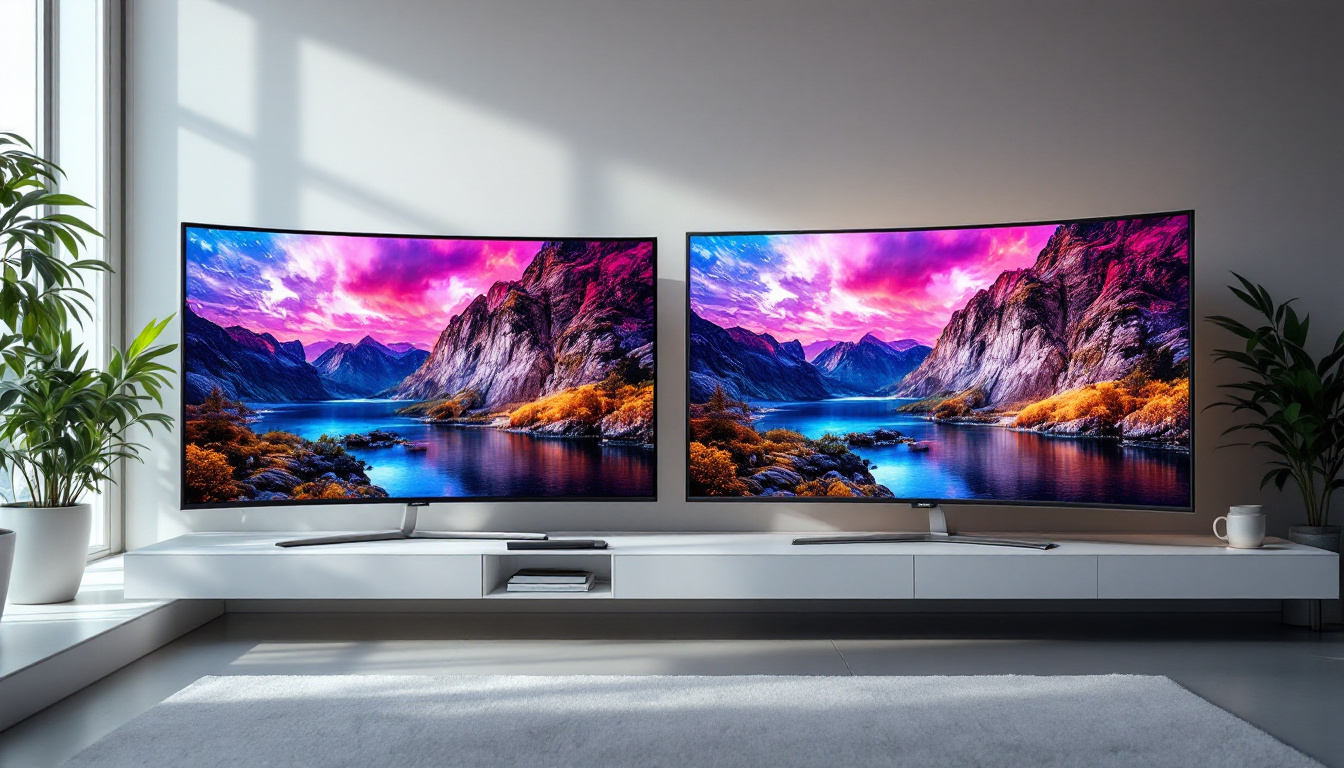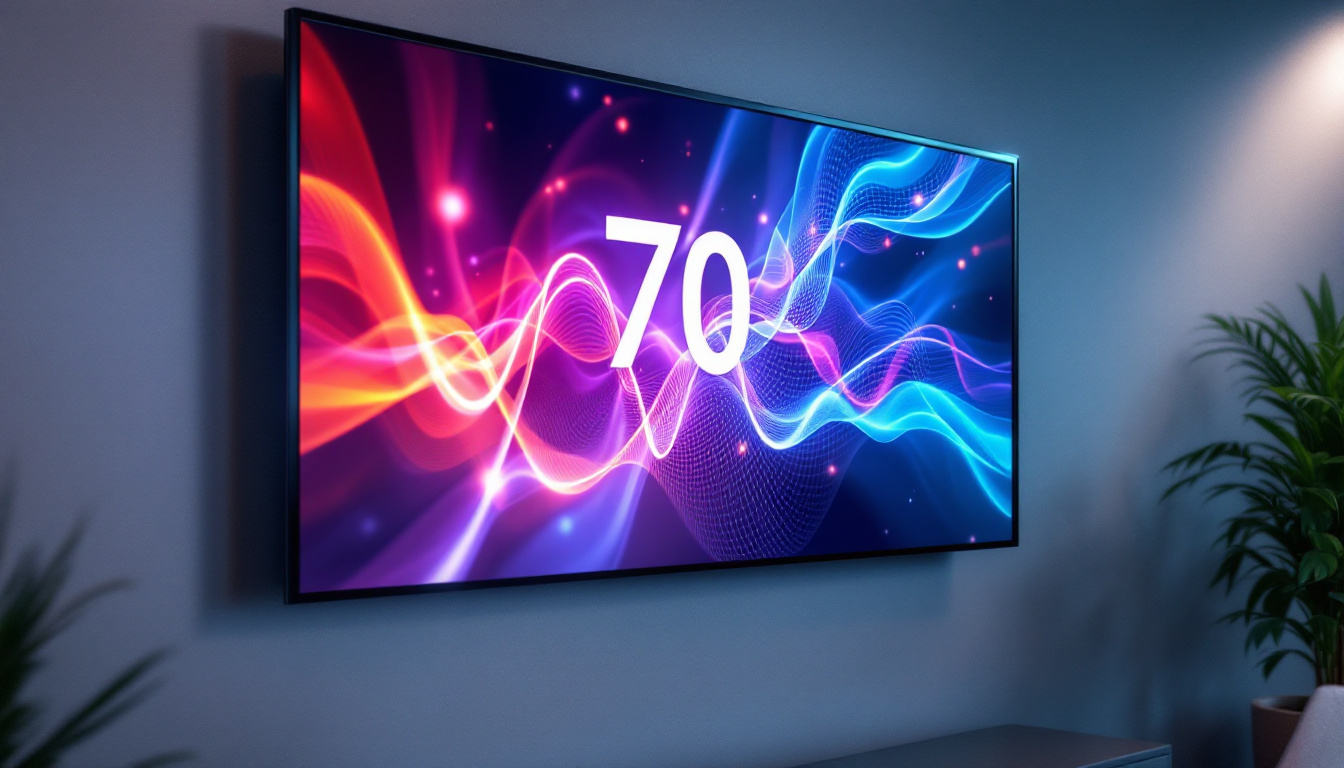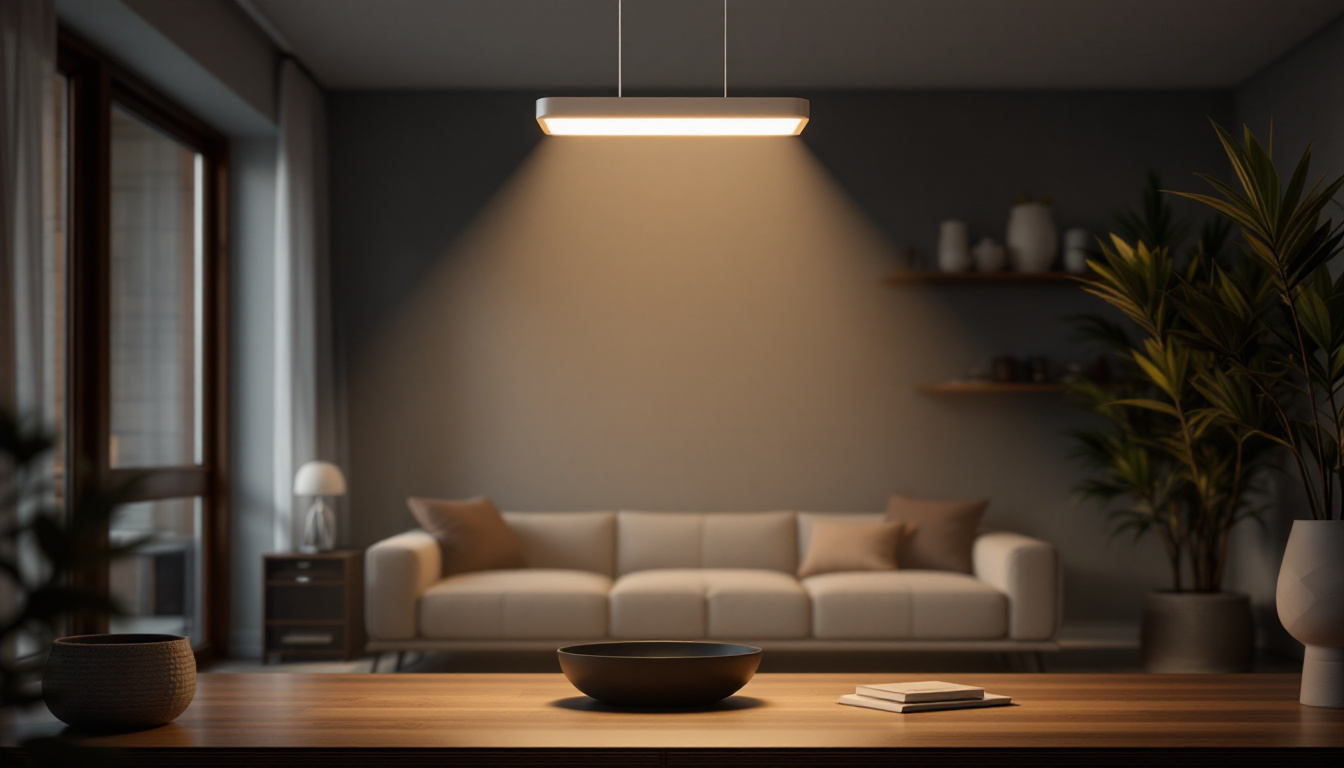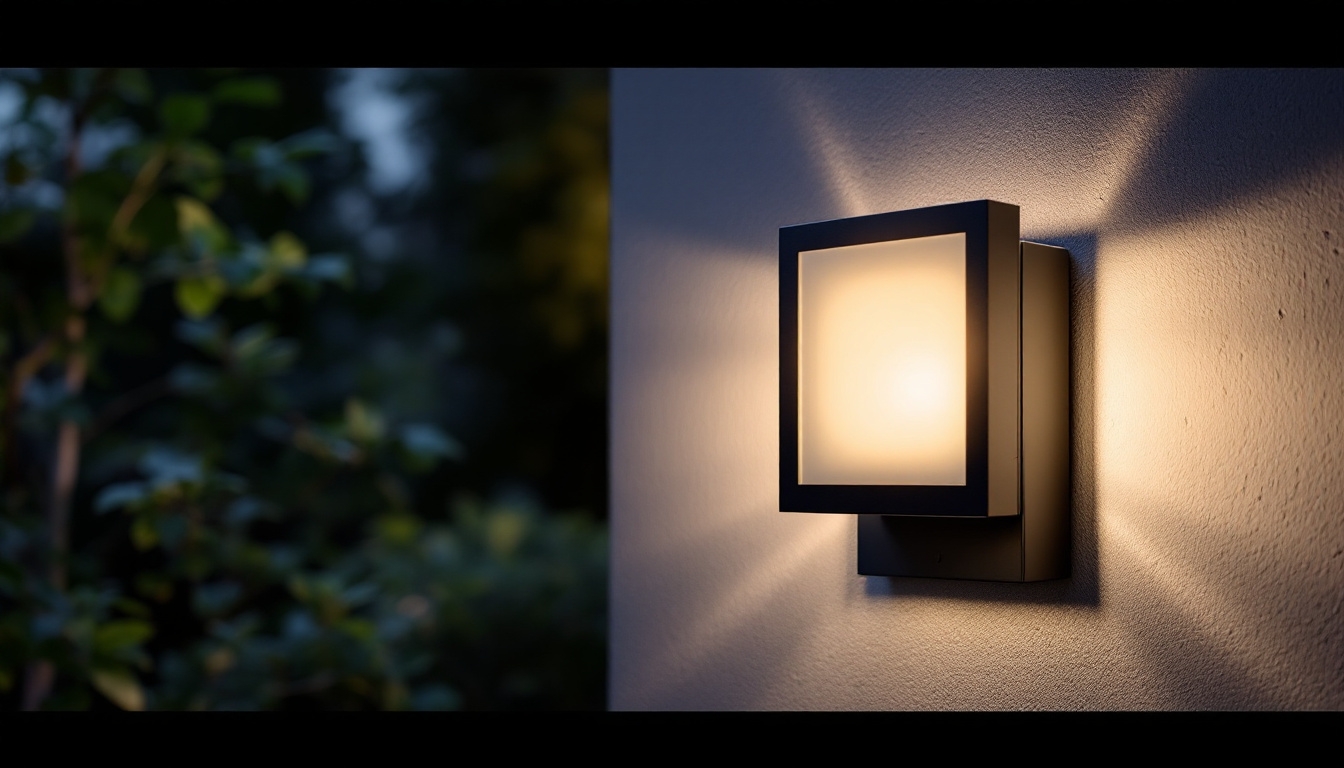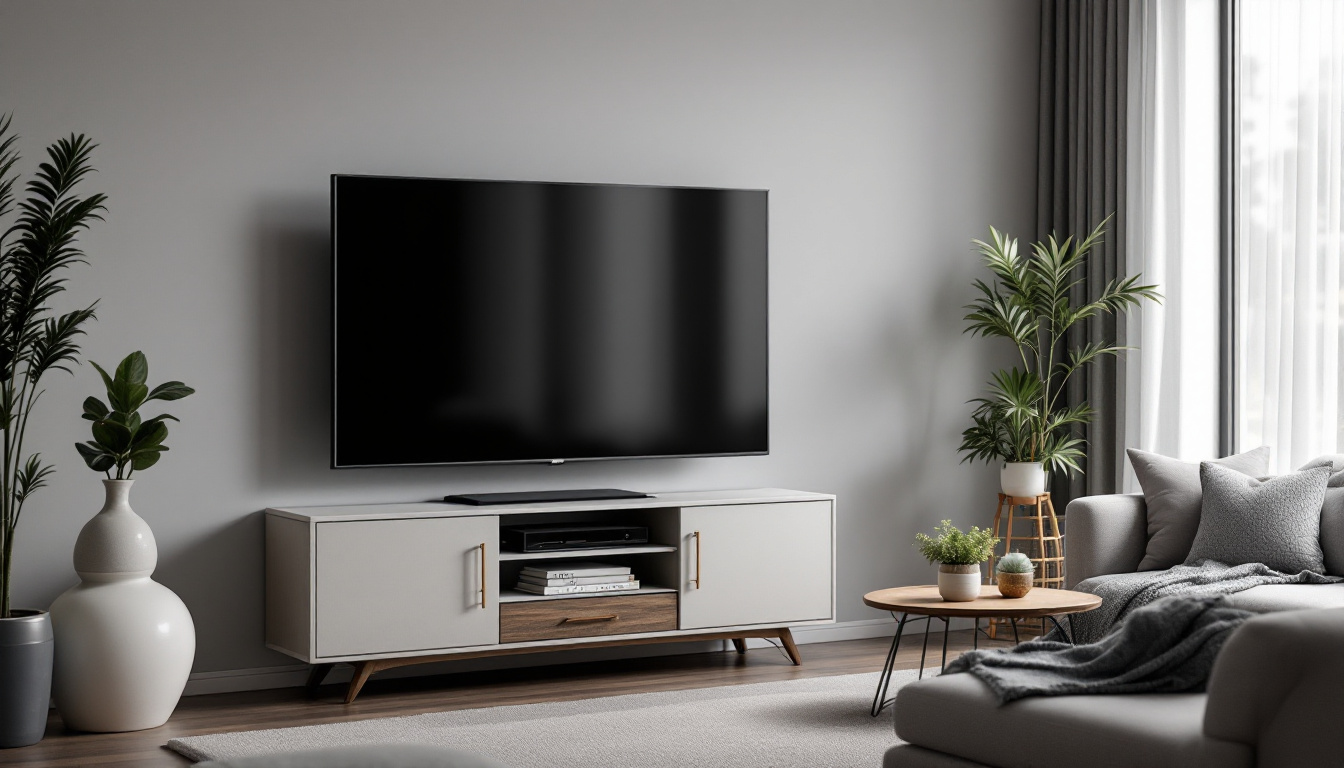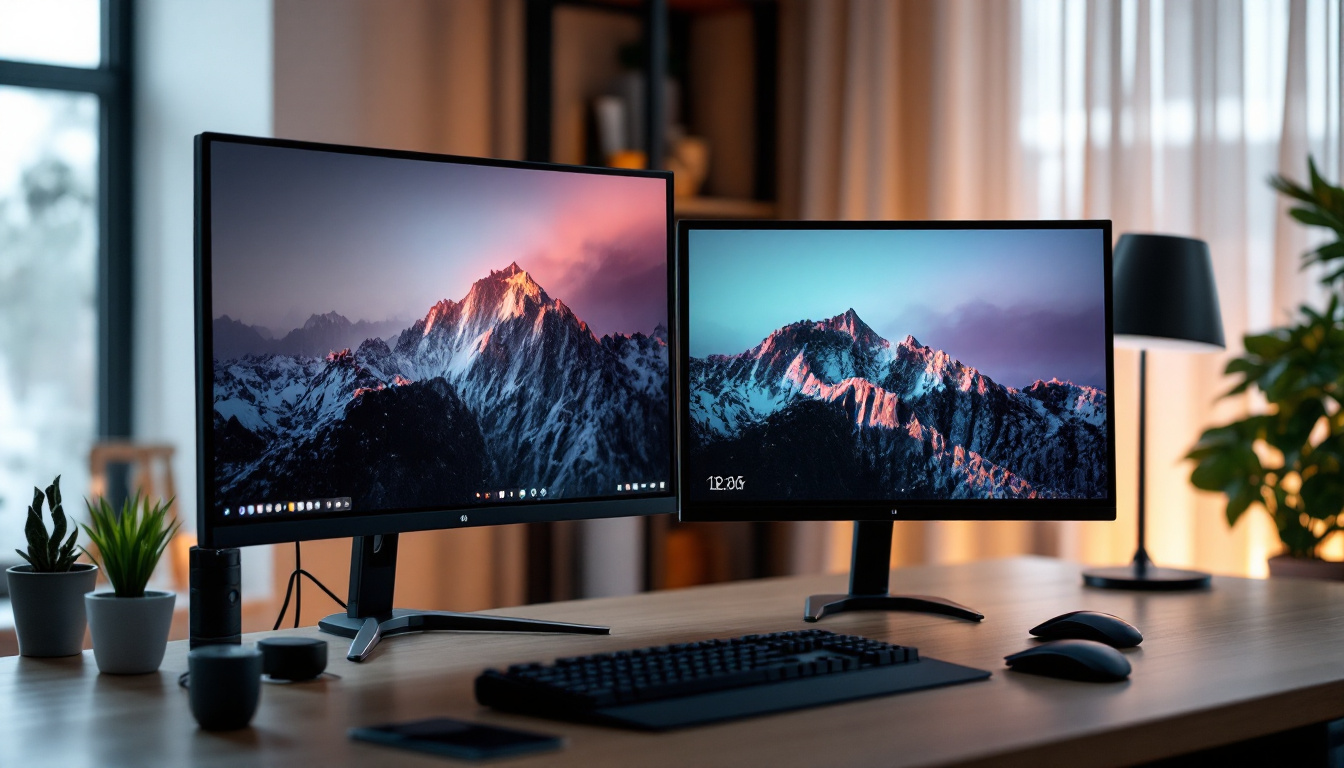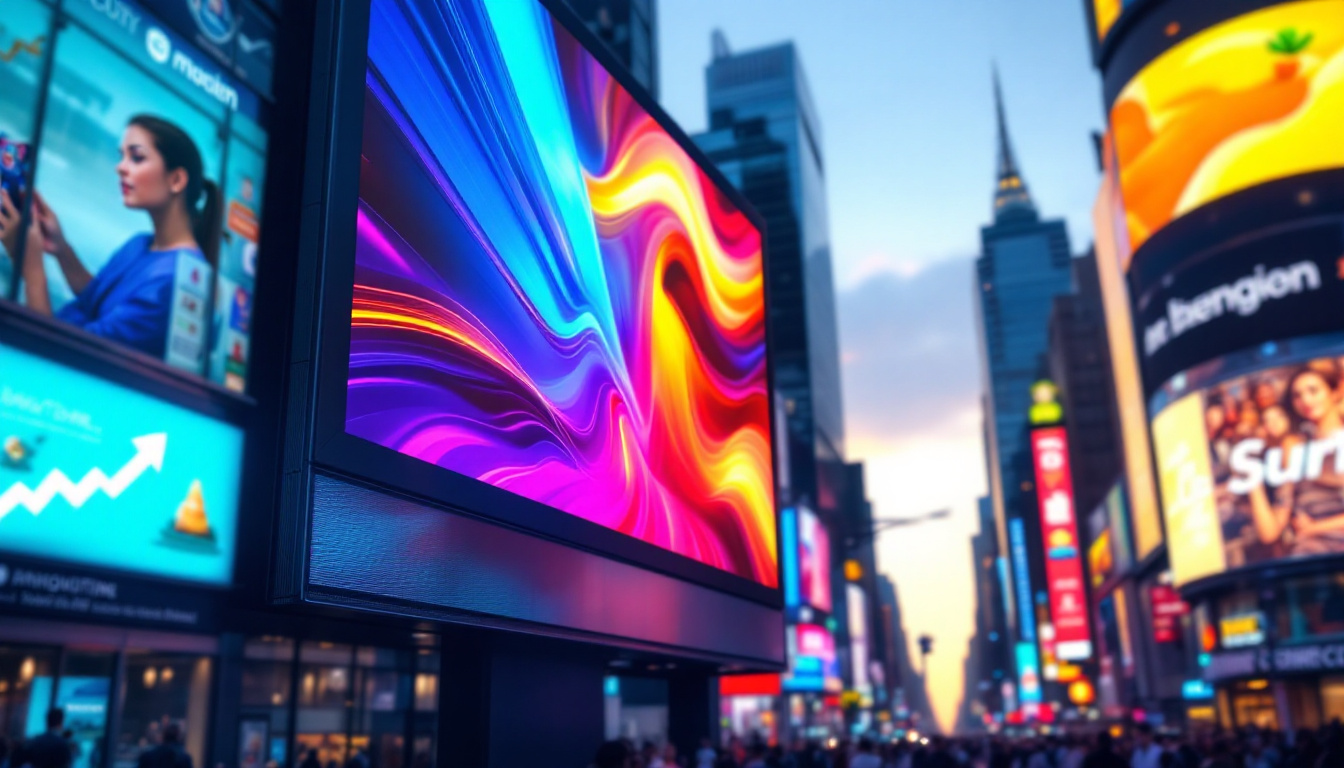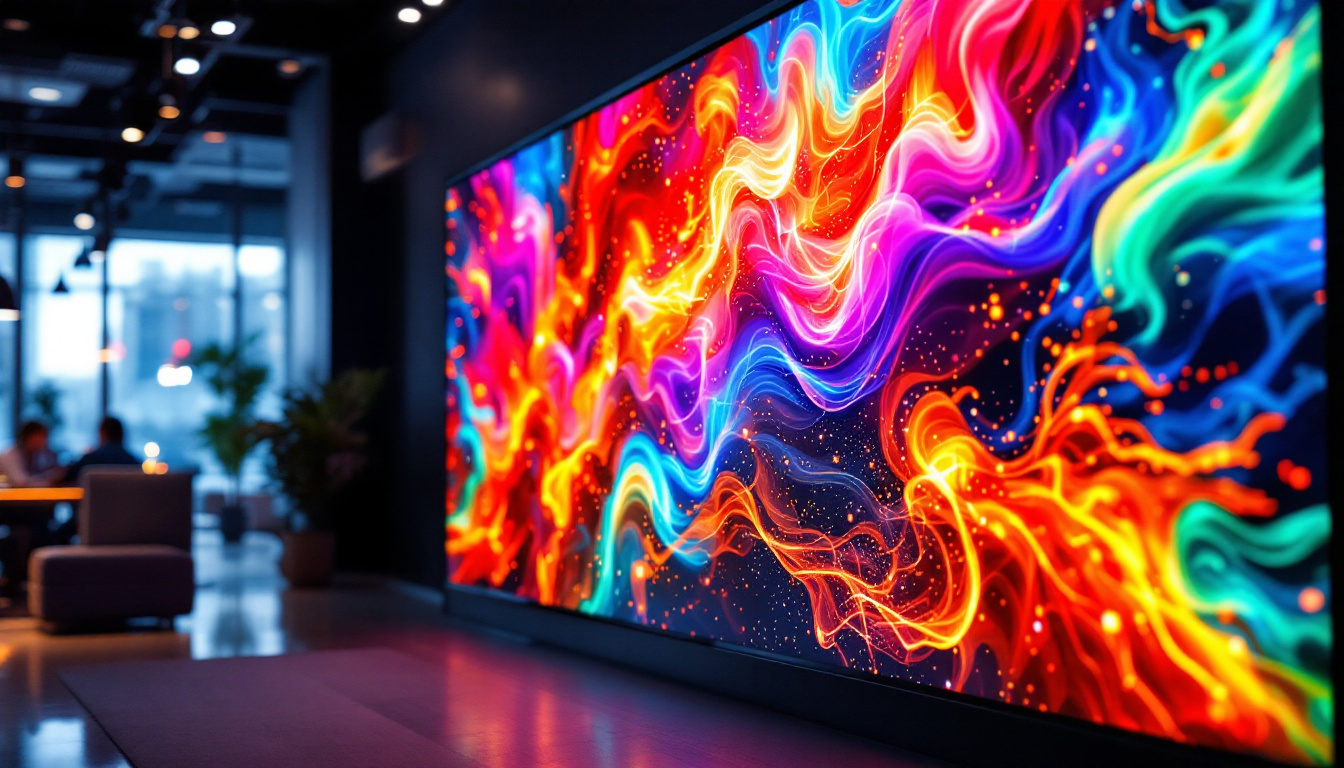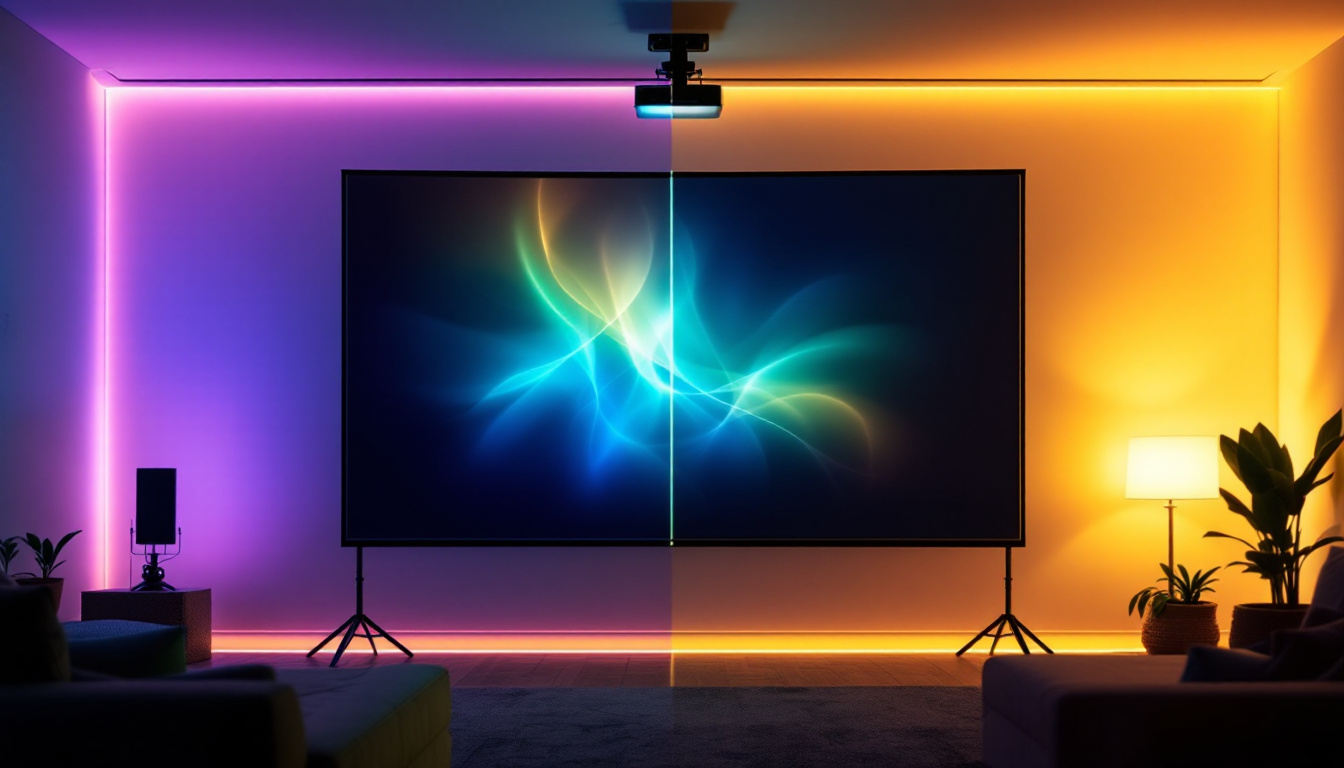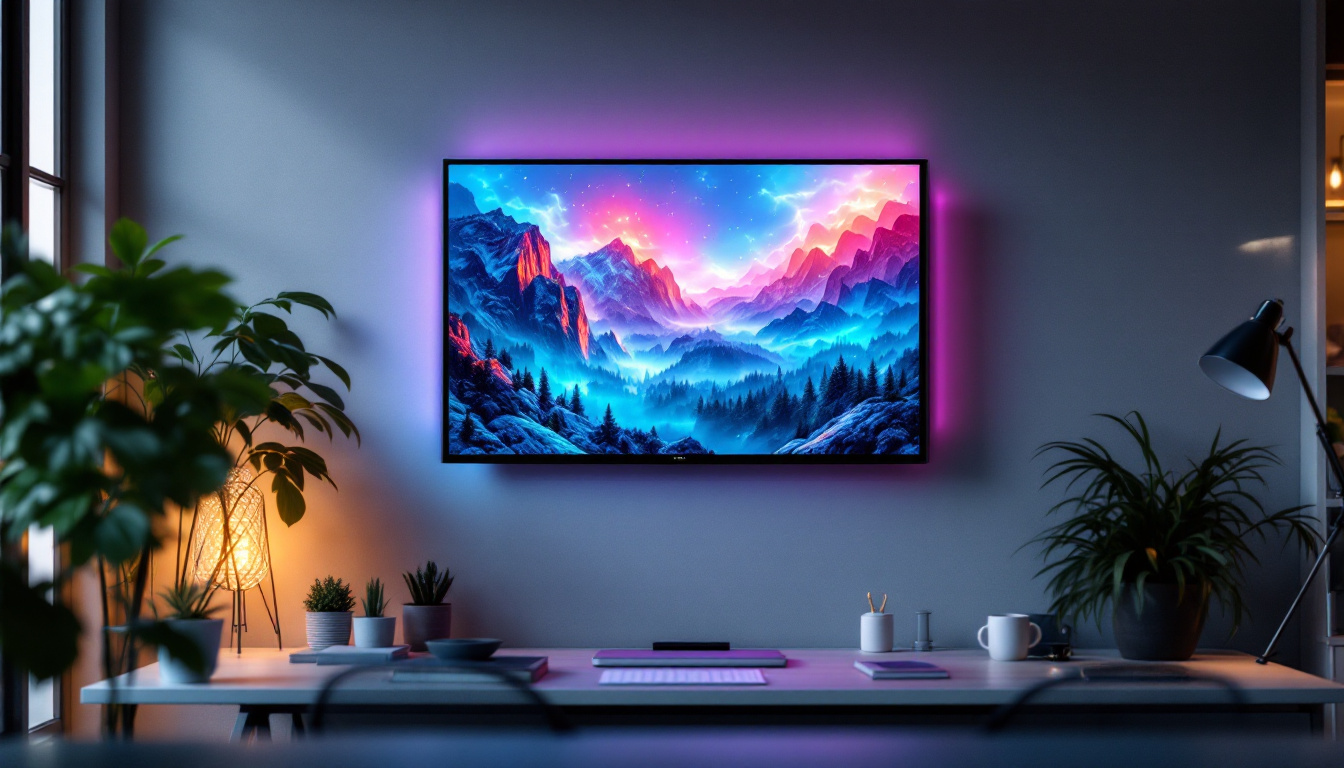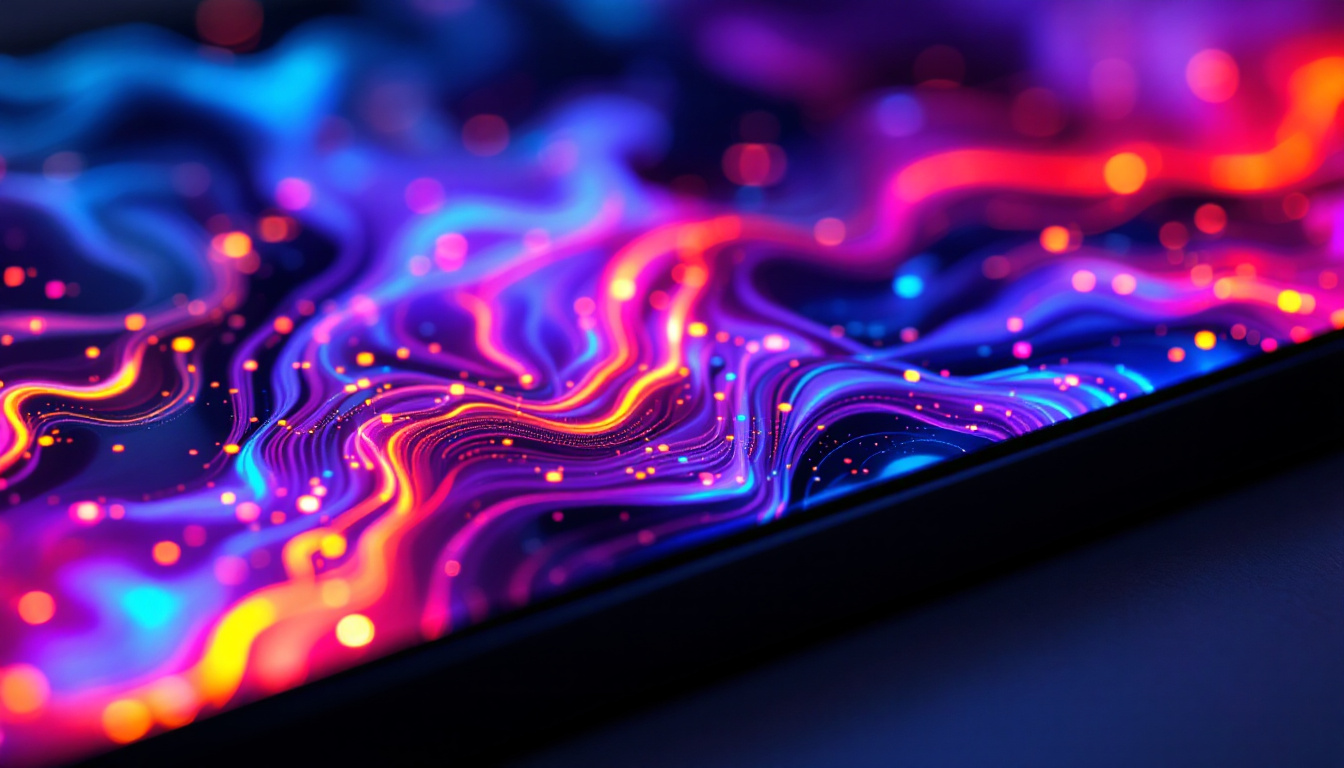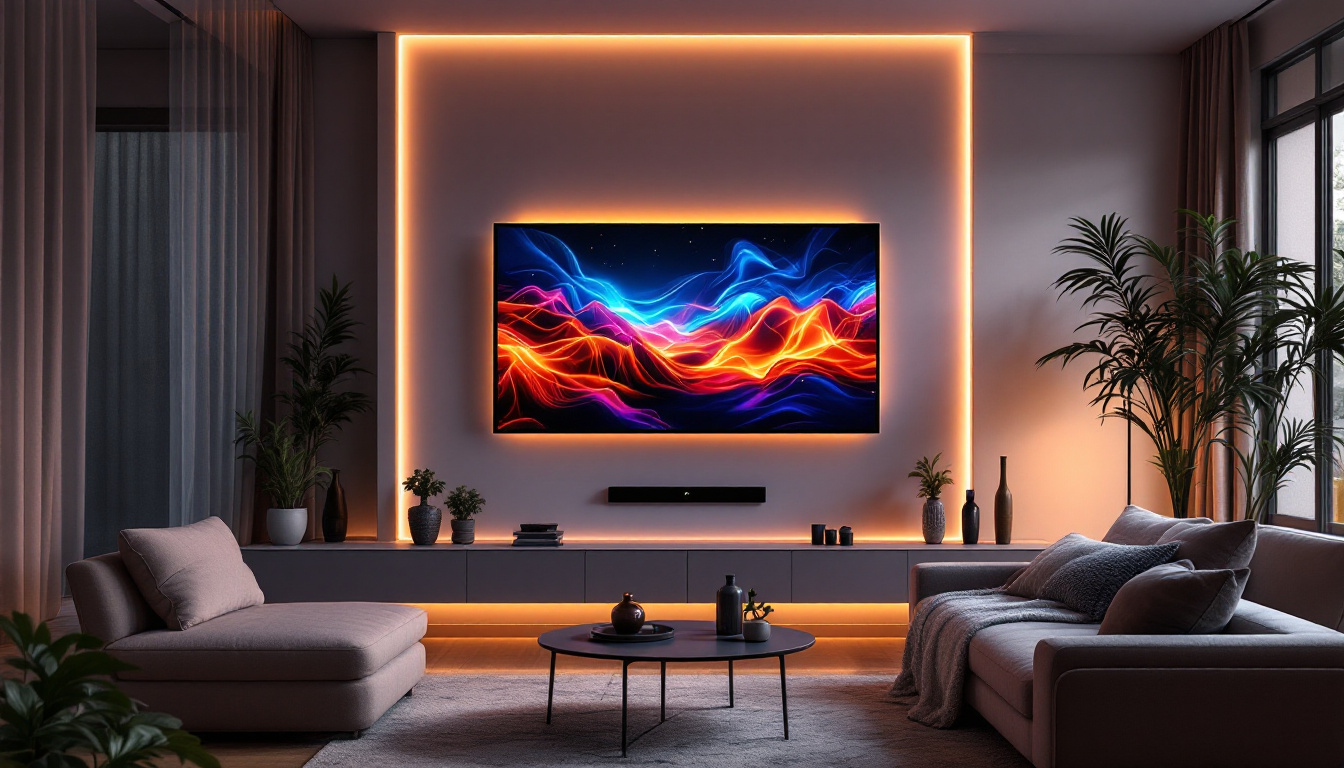In the world of modern technology, displays have become an integral part of our daily lives. From smartphones to televisions, the type of display can significantly impact the user experience. Among the most popular display types are curved and flat LED displays. Each offers unique advantages and disadvantages, making the choice between them a matter of personal preference and specific use cases. This article delves into the intricacies of curved and flat LED displays, exploring their features, benefits, and ideal applications.
Understanding LED Technology
Before diving into the comparison of curved and flat displays, it is essential to understand the underlying technology—LED (Light Emitting Diode). LED displays utilize a series of diodes that emit light when an electric current passes through them. This technology has revolutionized the way images are displayed, providing vibrant colors, high contrast ratios, and energy efficiency. The compact size of LED diodes also allows for sleeker designs, making them ideal for modern aesthetics in both home and commercial environments.
The Basics of LED Displays
LED displays can be categorized into two main types: direct-lit and edge-lit. Direct-lit displays have LEDs placed behind the screen, allowing for uniform brightness across the panel. Edge-lit displays, on the other hand, have LEDs positioned along the edges, using light guides to illuminate the screen. Both types have their pros and cons, but they share common characteristics such as thin profiles and lower energy consumption compared to traditional LCDs. Additionally, advancements in LED technology have led to the development of mini-LED and micro-LED displays, which offer even greater control over lighting and contrast, paving the way for stunning HDR (High Dynamic Range) experiences that bring images to life with unprecedented detail.
Curved vs. Flat: A Visual Perspective
The primary distinction between curved and flat displays lies in their physical shape. Curved displays feature a slight arc that can enhance immersion, while flat displays maintain a traditional rectangular shape. This difference can influence viewing angles, depth perception, and overall user experience. Curved displays are often praised for their ability to create a more encompassing field of view, drawing the viewer into the action, which is particularly beneficial for gaming and cinematic experiences. Conversely, flat displays are generally easier to mount on walls and are less prone to reflections, making them a popular choice for well-lit environments. Furthermore, the choice between these two formats can also depend on personal preference and intended use, as some users may find the curvature distracting or may prefer the simplicity of a flat screen for everyday tasks.
Curved Displays: Advantages and Disadvantages
Curved displays have gained popularity in recent years, particularly among gamers and movie enthusiasts. Their unique design offers several advantages, but they also come with certain drawbacks that potential buyers should consider.
Benefits of Curved Displays
One of the most notable benefits of curved displays is the enhanced immersion they provide. The curvature of the screen can create a more engaging viewing experience, making users feel as though they are part of the action. This is particularly beneficial for gaming and watching movies, where a wider field of view can enhance the overall experience.
Additionally, curved displays can reduce glare and reflections from ambient light sources. The angle of the screen helps to minimize the impact of reflections, allowing for clearer images in brightly lit environments. This can be especially advantageous in rooms with large windows or multiple light sources. Moreover, the curvature can also lead to a more uniform viewing distance across the screen, which can be less straining on the eyes during extended use. This ergonomic benefit is often overlooked but can significantly enhance comfort during long gaming sessions or movie marathons.
Drawbacks of Curved Displays
Despite their advantages, curved displays are not without their drawbacks. One significant concern is the potential for distortion at the edges of the screen. While the curvature is designed to enhance immersion, it can also lead to a less accurate representation of images, particularly when viewed from certain angles. This can be particularly problematic for tasks that require precise color accuracy, such as photo editing or graphic design, where even slight distortions can affect the final output.
Furthermore, curved displays can be more challenging to mount on walls. The unique shape may not fit well with standard mounting brackets, and users may need to invest in specialized mounts. This can add to the overall cost and complexity of setting up a curved display. Additionally, the curvature may not be suitable for multi-monitor setups, as aligning multiple screens can become cumbersome and may detract from the intended immersive experience. Users should carefully consider their specific needs and workspace layout before investing in a curved display to ensure it aligns with their usage habits and aesthetic preferences.
Flat Displays: Advantages and Disadvantages
Flat displays have been the standard for many years and continue to be a popular choice for various applications. They offer their own set of advantages and disadvantages that users should consider when making a decision.
Benefits of Flat Displays
One of the primary advantages of flat displays is their versatility. They can be easily mounted on walls or placed on desks without the need for specialized equipment. This makes them a practical choice for both home and office environments.
Flat displays also tend to provide more accurate color representation and image clarity across the entire screen. Unlike curved displays, which can distort images at the edges, flat displays maintain consistent image quality regardless of viewing angle. This is particularly important for tasks that require precise color accuracy, such as graphic design or photo editing.
Drawbacks of Flat Displays
Despite their advantages, flat displays do have some limitations. One of the main drawbacks is the potential for glare and reflections. In brightly lit environments, flat screens can be more susceptible to reflections, which can detract from the viewing experience. Users may need to adjust lighting conditions or invest in anti-glare screens to mitigate this issue.
Additionally, flat displays may not provide the same level of immersion as their curved counterparts. While they offer a clear and accurate image, the lack of curvature can make the viewing experience feel less engaging, especially for gaming or cinematic experiences.
Choosing the Right Display for Your Needs
When deciding between a curved and flat LED display, it is essential to consider the specific use case and personal preferences. Different applications may benefit from one type of display over the other.
Gaming and Entertainment
For gamers and movie enthusiasts, curved displays often provide a more immersive experience. The enhanced field of view can make games feel more engaging, while the reduction of glare can improve visibility during intense gaming sessions. However, those who prioritize color accuracy and image clarity may still prefer flat displays, particularly for competitive gaming.
Professional Use
In professional settings, such as graphic design or video editing, flat displays are generally favored due to their accurate color representation and consistent image quality. Professionals in these fields often require precise visuals, and flat displays can deliver the clarity needed for detailed work.
General Use and Everyday Viewing
For everyday use, such as browsing the web or watching TV, both curved and flat displays can perform well. The choice often comes down to personal preference. Users who enjoy a more immersive experience may lean towards curved displays, while those who appreciate the practicality of flat screens may find them more suitable for their needs.
Price Considerations
Price is another crucial factor to consider when choosing between curved and flat displays. Generally, curved displays tend to be more expensive due to their advanced technology and unique design. However, prices can vary significantly based on brand, size, and features.
Budget-Friendly Options
For those on a budget, flat displays often provide more options at lower price points. Many reputable brands offer high-quality flat screens that deliver excellent performance without breaking the bank. This makes them an attractive choice for consumers looking for value.
High-End Curved Displays
On the other hand, high-end curved displays can come with a premium price tag. While they may offer enhanced features and a more immersive experience, potential buyers should weigh the benefits against the cost. It is essential to consider whether the added expense aligns with personal preferences and usage requirements.
Future Trends in Display Technology
The display technology landscape is continually evolving, and both curved and flat displays are likely to see advancements in the coming years. Emerging technologies, such as OLED and MicroLED, are gaining traction and may influence the future of display design.
Advancements in Curved Displays
As manufacturers continue to innovate, curved displays are expected to become even more sophisticated. Improvements in curvature design may enhance image quality and reduce distortion, making them more appealing to a broader audience. Additionally, advancements in screen resolution and refresh rates will likely enhance the gaming and entertainment experience.
Flat Display Innovations
Flat displays are also set to benefit from technological advancements. The introduction of OLED and MicroLED technologies promises to deliver deeper blacks, improved contrast ratios, and wider color gamuts. These innovations may further solidify the position of flat displays in professional settings, where color accuracy is paramount.
Conclusion
In the debate between curved and flat LED displays, there is no one-size-fits-all answer. Each type offers distinct advantages and disadvantages that cater to different preferences and use cases. Curved displays excel in providing an immersive experience, making them ideal for gaming and entertainment. In contrast, flat displays offer versatility and accurate color representation, making them suitable for professional applications.
Ultimately, the choice between a curved and flat display should be guided by individual needs, preferences, and budget. As technology continues to evolve, both types of displays will likely see improvements that enhance their appeal and functionality. By carefully considering the factors discussed in this article, consumers can make an informed decision that best suits their viewing habits and lifestyle.
Explore the Future of LED Displays with LumenMatrix
Whether you’re seeking the enveloping allure of a curved display or the precision and practicality of a flat screen, LumenMatrix has the cutting-edge LED solutions to elevate your visual experience. As a leader in LED display innovation, we offer an extensive range of products from Indoor and Outdoor LED Wall Displays to specialized solutions like Vehicle and Sports LED Displays. Embrace the next level of visual communication with our All-in-One and Custom LED Displays, designed to captivate and engage. Discover how LumenMatrix can transform your space and bring your vision to life. Check out LumenMatrix LED Display Solutions today and step into a world where clarity meets impact.

